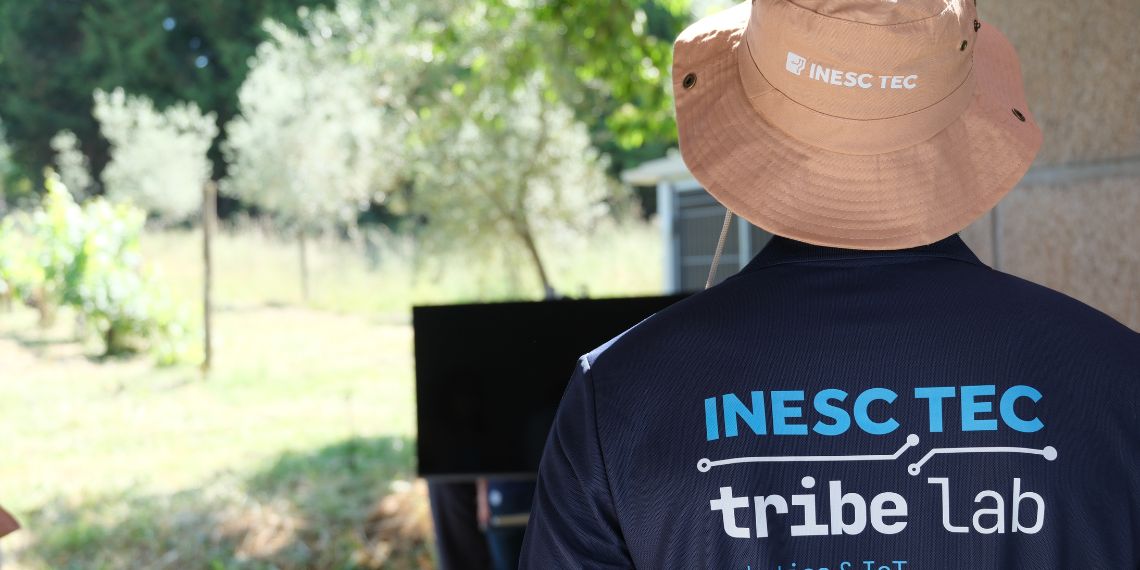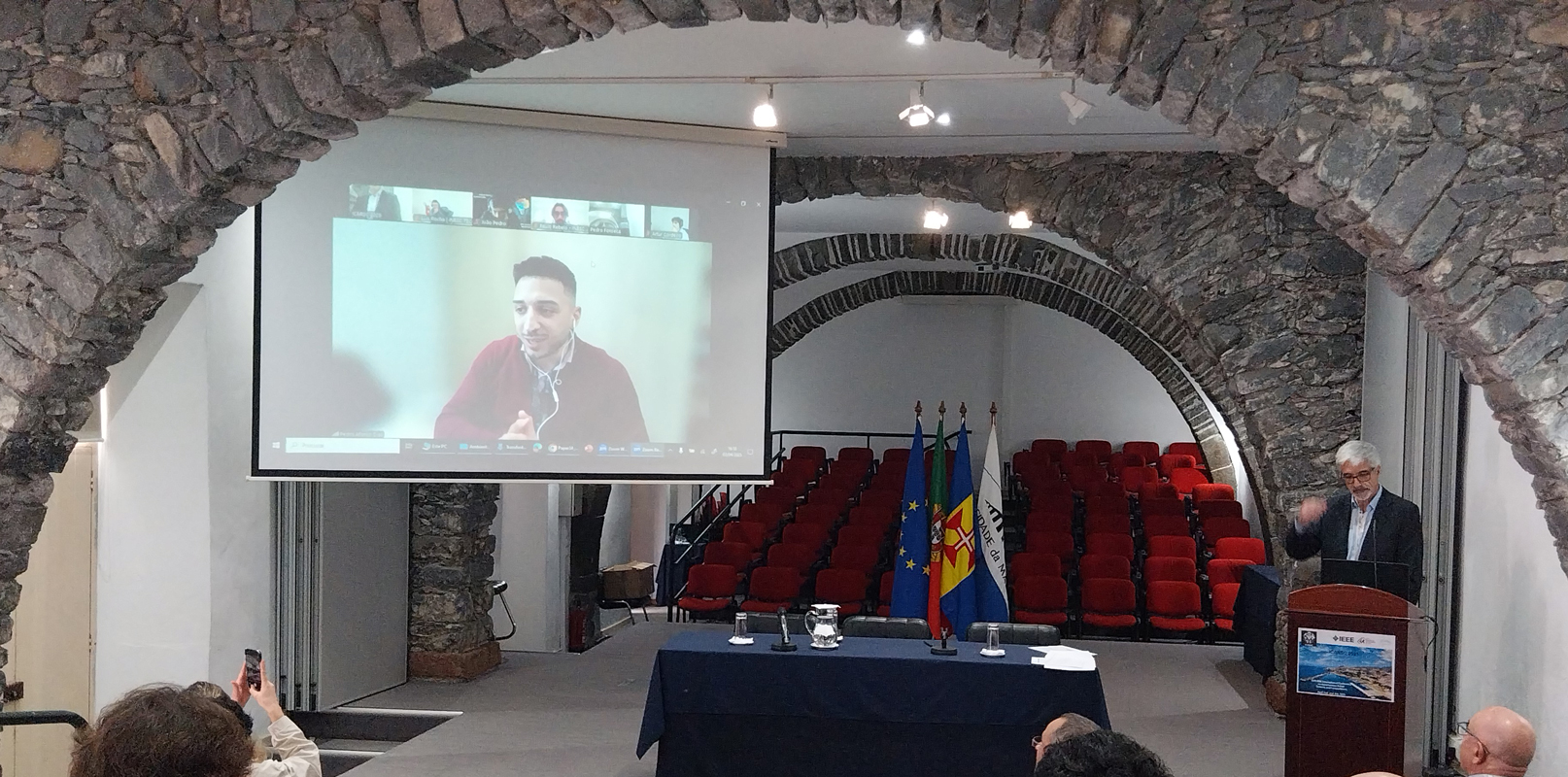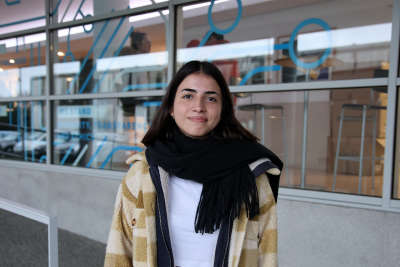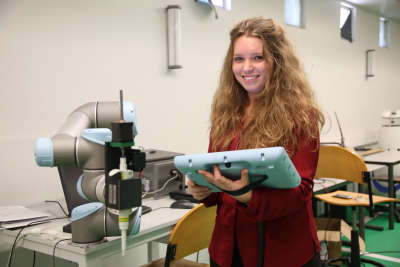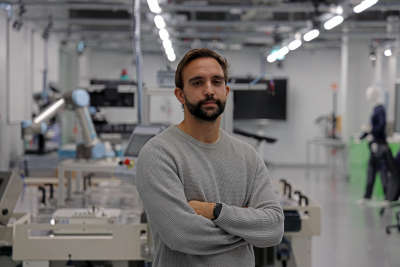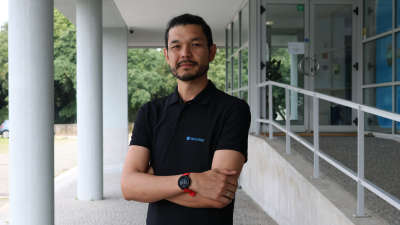Robotics in Industry and Intelligent Systems
At the Centre for Robotics and Intelligent Systems, we develop innovative solutions to leverage robotics in the industrial, agricultural, and forestry contexts, driving the digital transformation of the industry.
We take a practical approach - from design to deployment - to test the navigation and localisation of mobile robots, explore advances in 2D/3D industrial vision and advanced detection, while also focusing on industrial and collaborative robotics, as well as human-robot interfaces.
Our TRIBE LAB is fertile ground for innovative ideas about the agriculture of the future; we develop prototypes and promote excellence in agricultural robotics and IoT technology: with prototypes, advanced sensors (LiDAR, AI cameras), and rapid prototyping tools, we accelerate the development of solutions for the agroforestry sector. We are also present at the iiLab, where we combine applied research, technological demonstration, and controlled environment testing, promoting the integration of emerging technologies into industry. From intelligent robotic cells and cyber-physical systems to data analysis and AI, it is an innovation space where companies can experiment with and validate solutions for the factory of the future.
With a multidisciplinary team, and following European agendas, our research work combines fundamental science and application, impacting the design of solutions for Industry 4.0, fostering competitiveness and the digital transformation of the sector.


